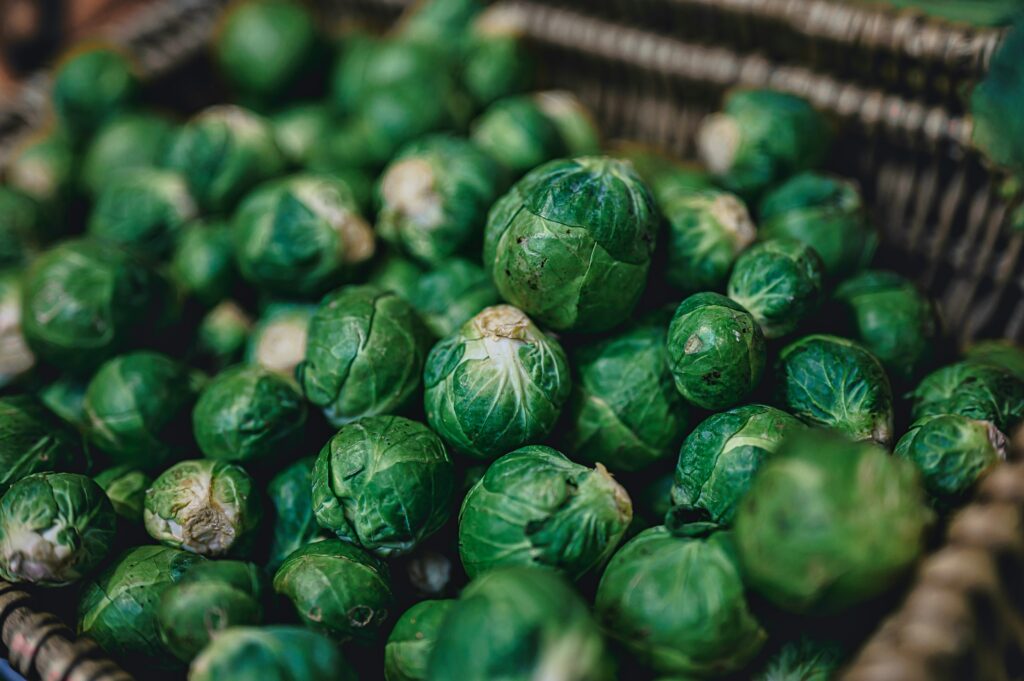In previous entries we told you that we, being nature lovers at heart, love nature including birds and forests. But today’s subject is locusts and we freely admit we do not love locusts. Especially not when they gather themselves up into giant swarms and roam across the landscape devouring crops. It’s a problem everywhere, one might even say of Biblical proportions. But it’s especially a problem in China, which for thousands of years has grappled with occasional outbreaks of devastating locust swarms especially in the wetlands around its large Yellow and Tangtze river systems. Indeed in 2007 scientists published a remarkable data set extending over 1,000 years in which Chinese officials had recorded the annual abundance of migratory locusts. The data were collected by successive dynasty officials hoping to learn how to predict locust outbreaks. The result? “Linking these records with temperature and precipitation reconstructions for the period 957-1956, we show that decadal mean locust abundance is highest during cold and wet periods.” Got that? Cold and wet conditions mean more locust outbreaks. So will climate change mean fewer locust outbreaks? Heck now. If you thought otherwise you haven’t yet learned how with climate change you get to #HaveItBothWays.
In 2009 a study appeared entitled “Impacts of climate change on historical locust outbreaks in China.” All together now: “According to analysis for interannual time series during the past 100 years, the most severe locust outbreak years were in the warm-dry years with warm-dry summers and warm-wet winters” in the Yellow and Yangtze River basins. And the future looks worse: “higher temperature changes have led to the highest locust outbreaks in the past 1000 years, so as to suggest that greenhouse-effected climate warming would increase the severe locust outbreaks in the area.”
So cold and wet conditions made locust outbreaks worse in the past. But warming and summer drying will make them worse in the future.
In fairness the 2009 paper did discuss the 2007 paper (Stige et al.) and said where and why it disagreed:
“Our decadal time scale series analyses are different from those of Stige et al. [2007]. They believed the decadal mean locust outbreak is highest during cold and wet periods. We trust their study method but doubt the data they used.”
Specifically they argued that the temperature data used by Stige et al. only covered western China, whereas something completely different was going on in eastern China. Which is an interesting idea, and if true means that all those studies using a few tree rings from western North America to measure the temperature of the entire planet might be, ah, missing some details. But never mind. The point, after all, is to have it both ways.
Speaking of which, China has been trying to tackle its locust problems by draining swamps and redirecting rivers to be ready regardless of whether locusts attack in cold years or warm years. So they want to be prepared both ways.



Dear Dr. John,
Sad to say, I discovered your videos only a few months ago, but I've watched many of them now.
Thank you, Sir, for your bravery and honesty. I live in a super racist (liberal) community called Santa Cruz, CA. We have our own vile racist cesspool up on a hill called UCSC, and for six decades now it has defiled and diseased the mind and soul of our community, it's disease parroted back at us on a daily basis by the SC Sentinel, and on a bi-weekly basis by the Metro or the Good Times. I've had PTSD for many years from the constant bombardment from these lunatics and the nasty propaganda on TV that calls itself "news".
I love your, clear, accurate, and logical presentation of the undistorted data about climate change. The sky is not falling, and will not kill us all.
Keep up the great work,
Robert Parsons (PS., I just donated $20 to help feed you and your cat)